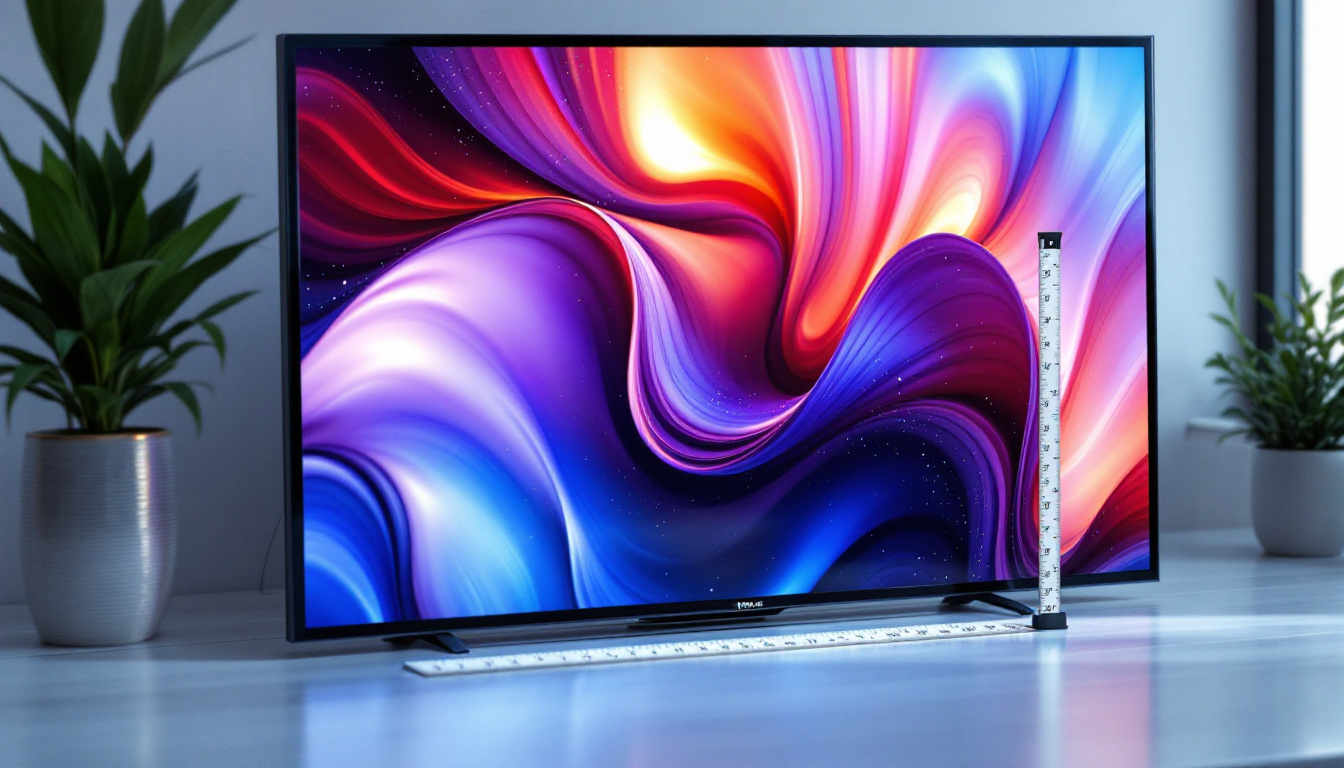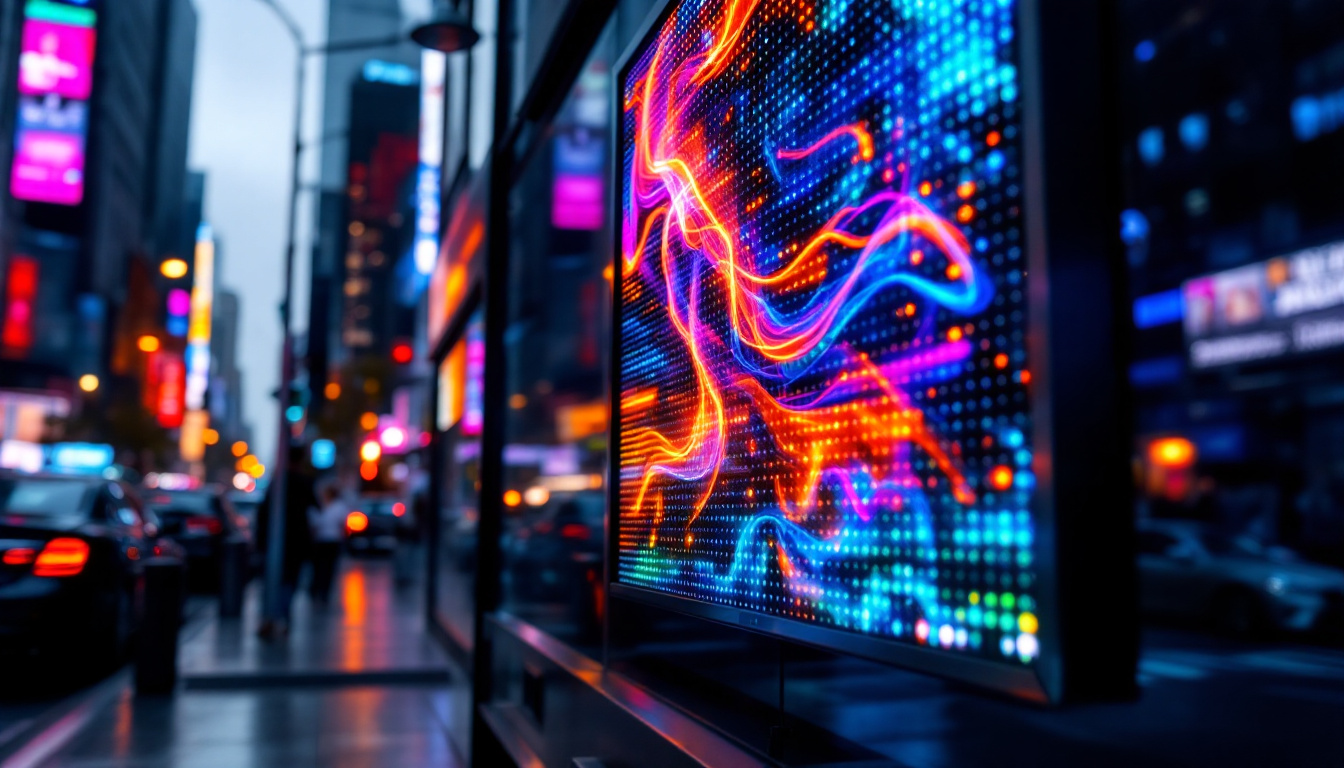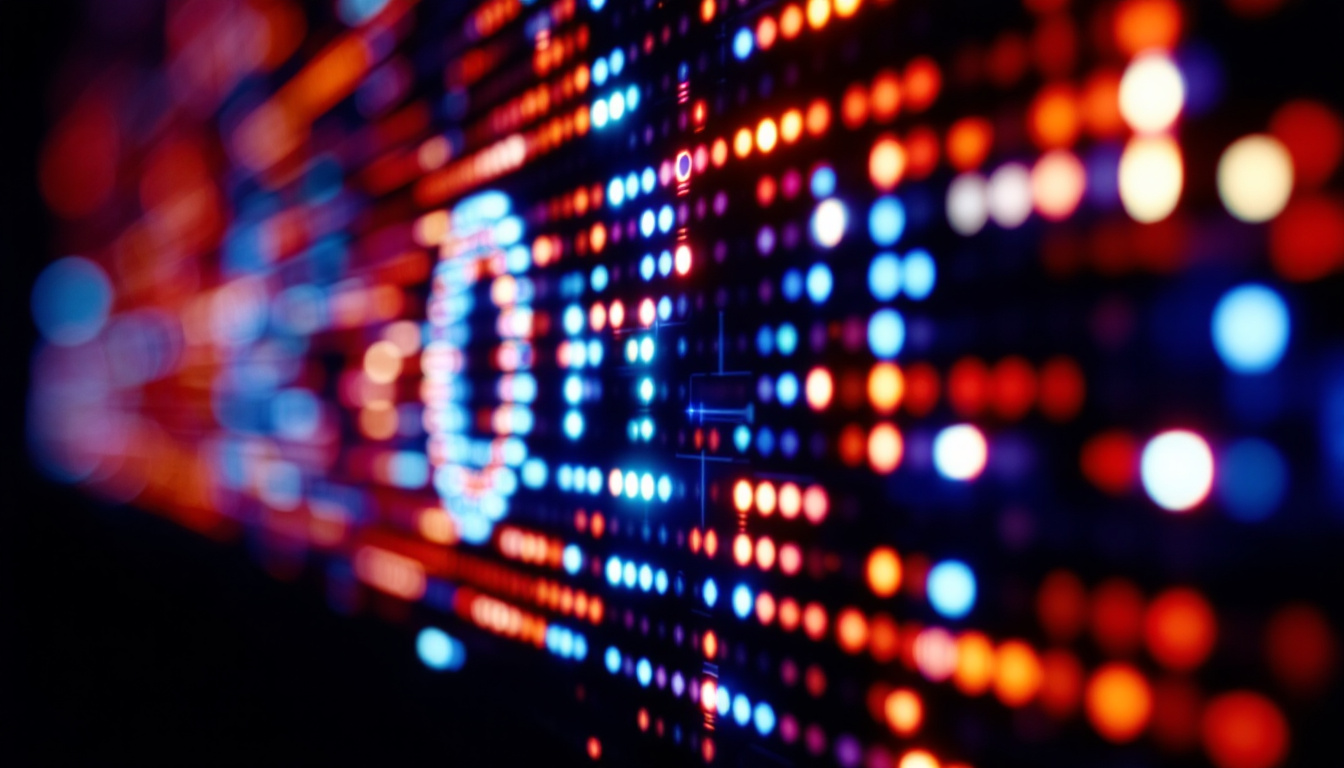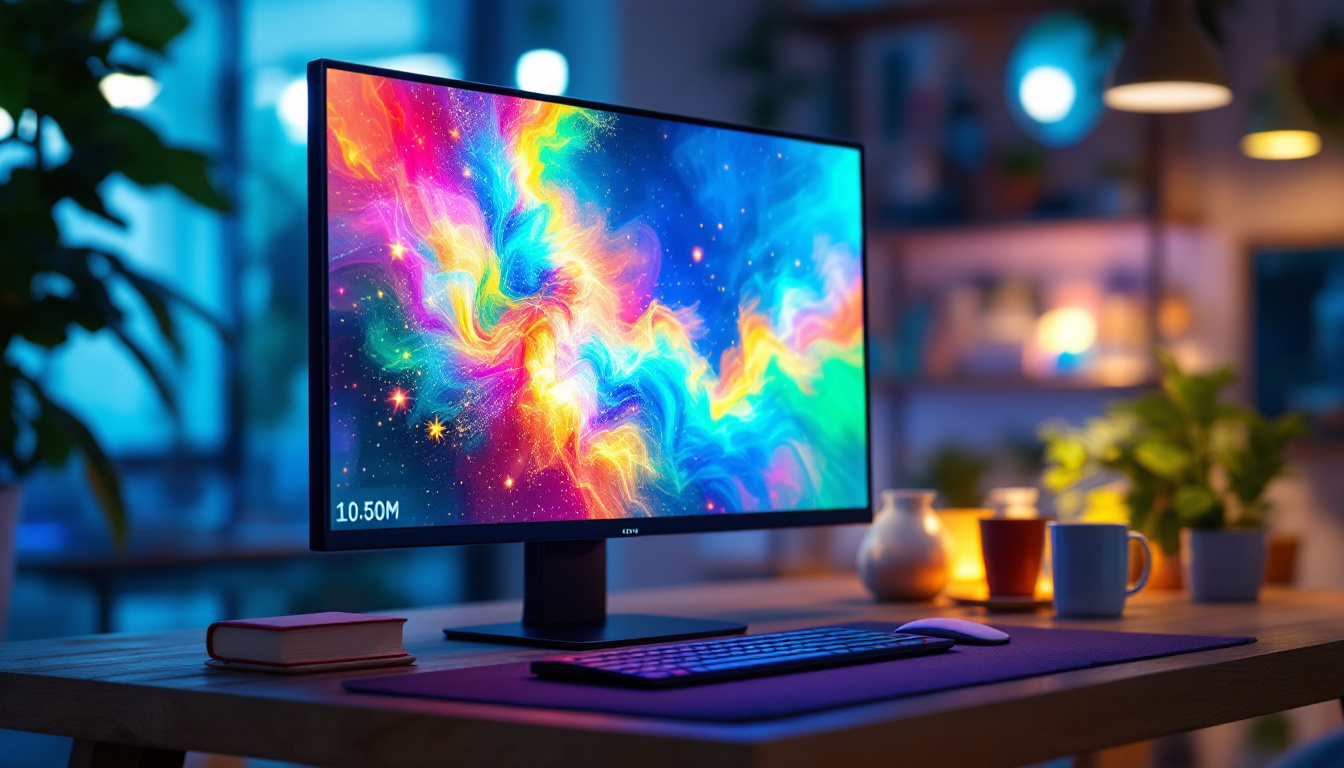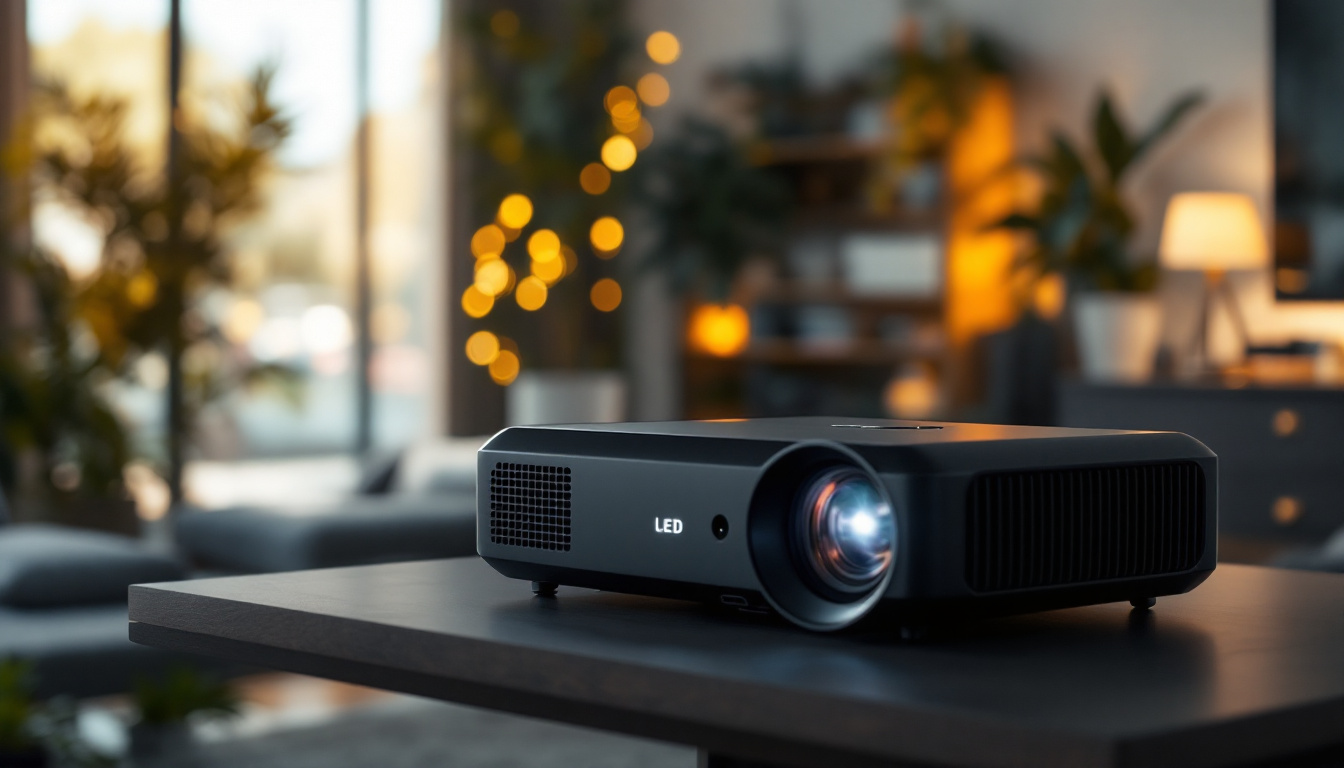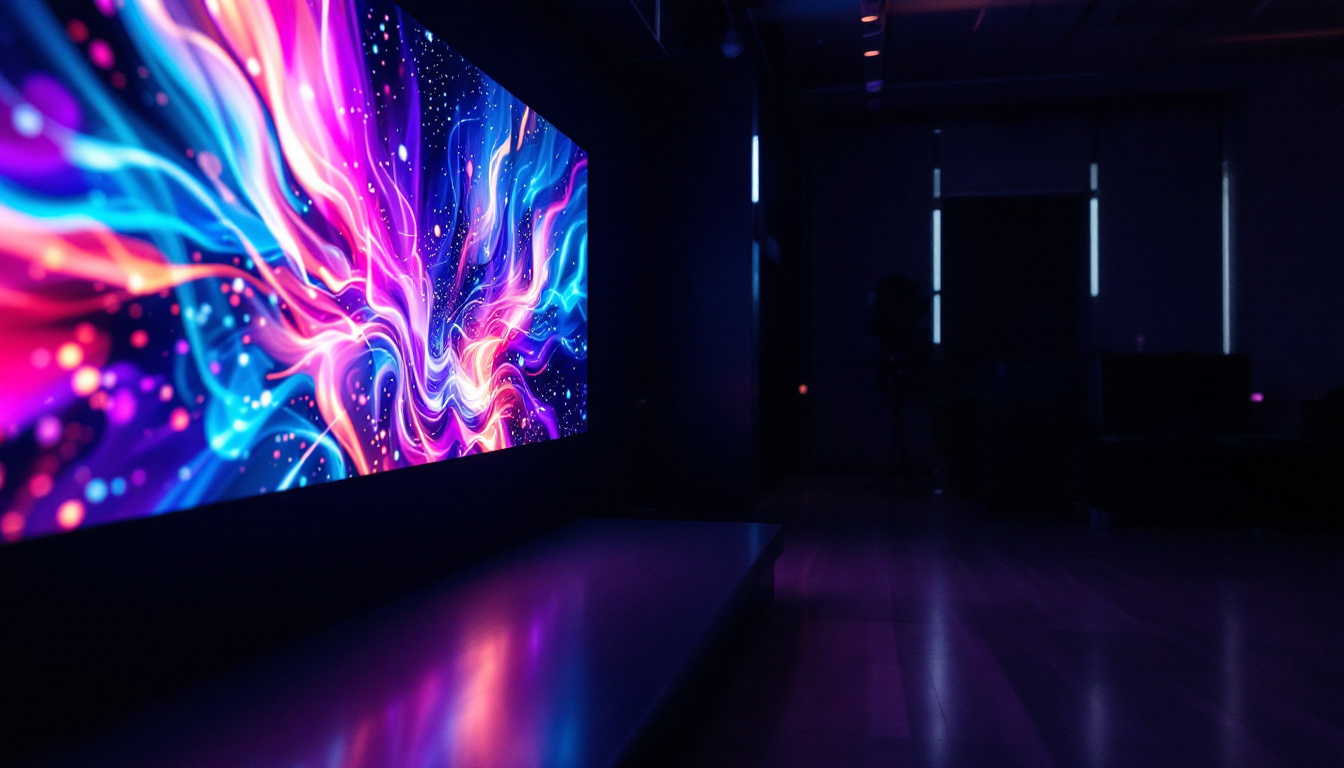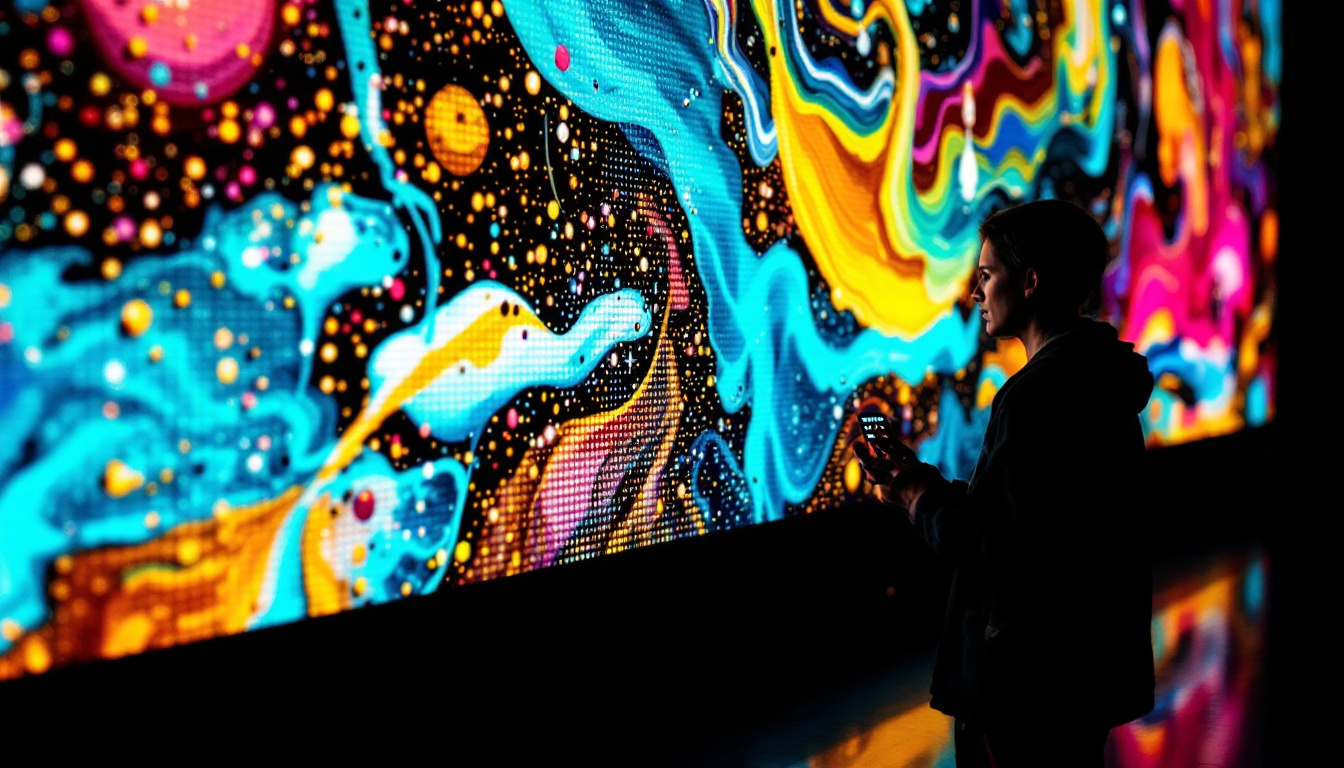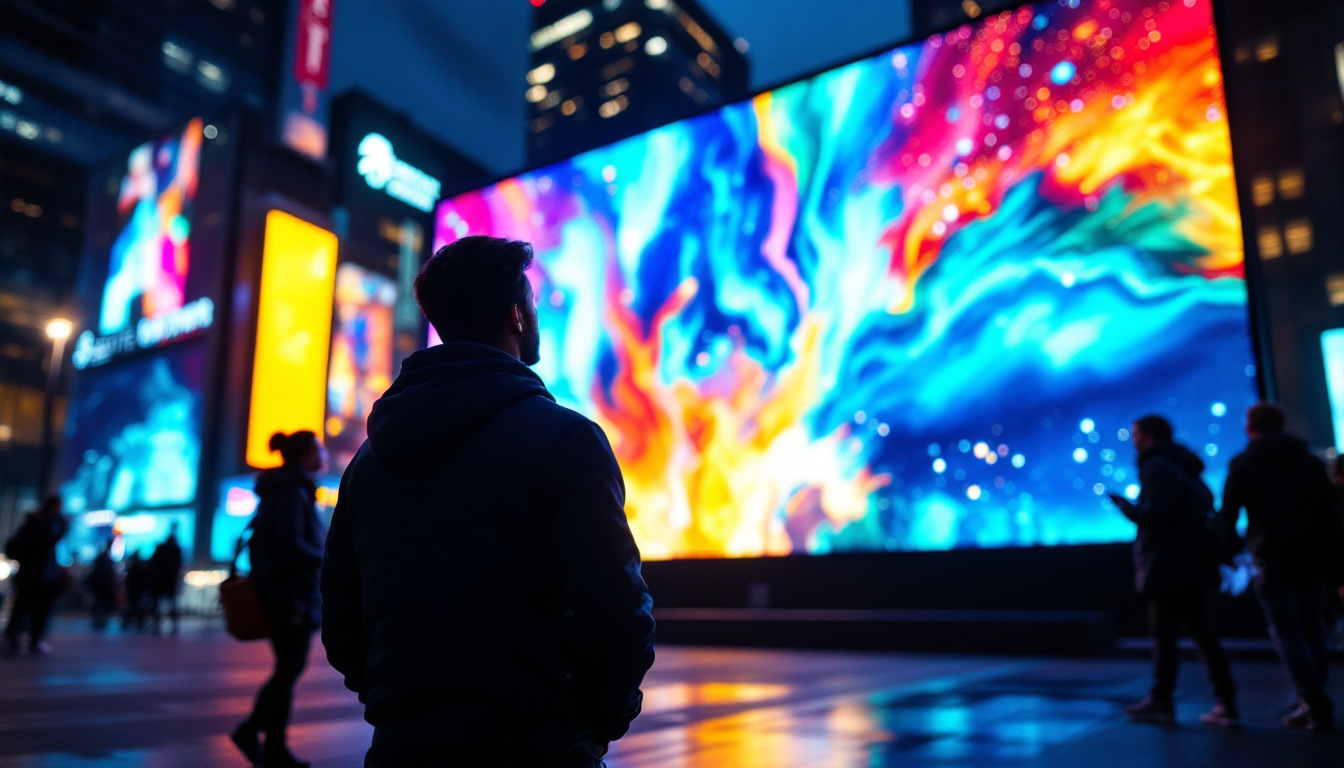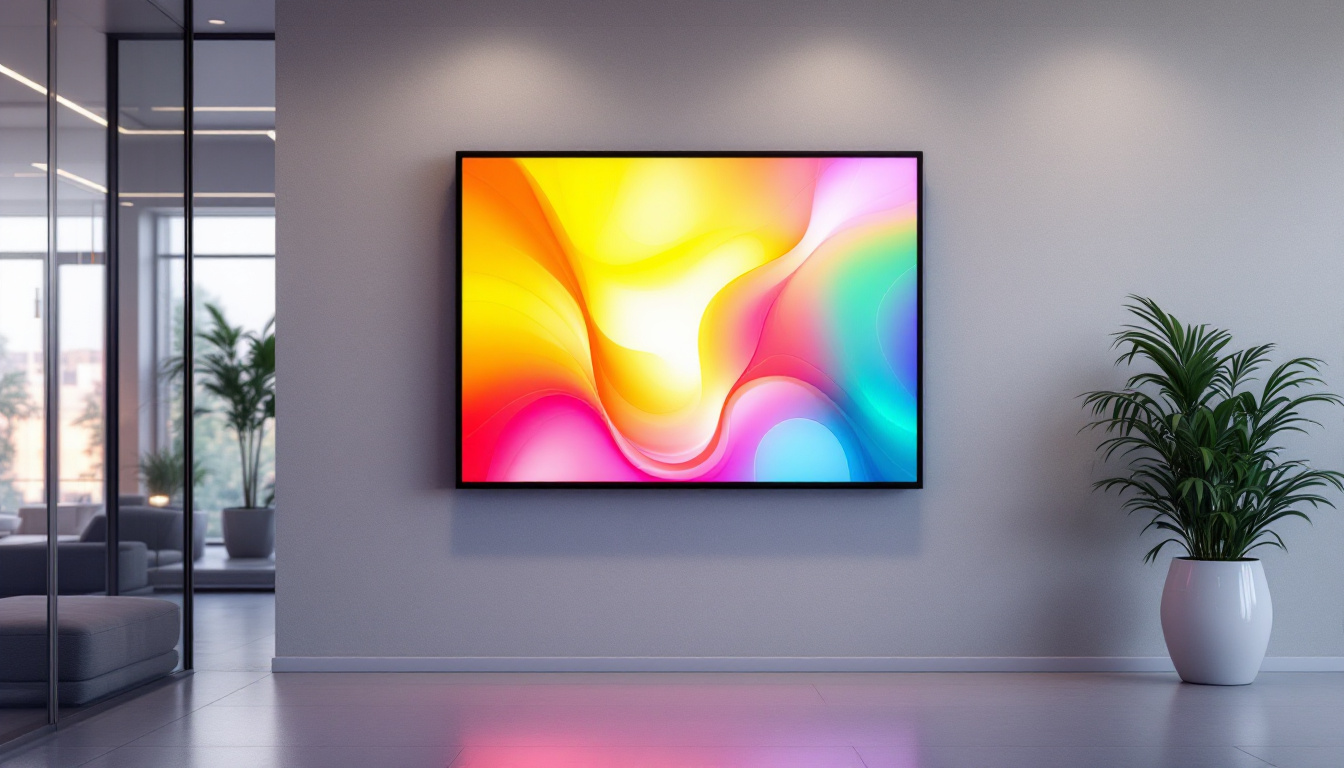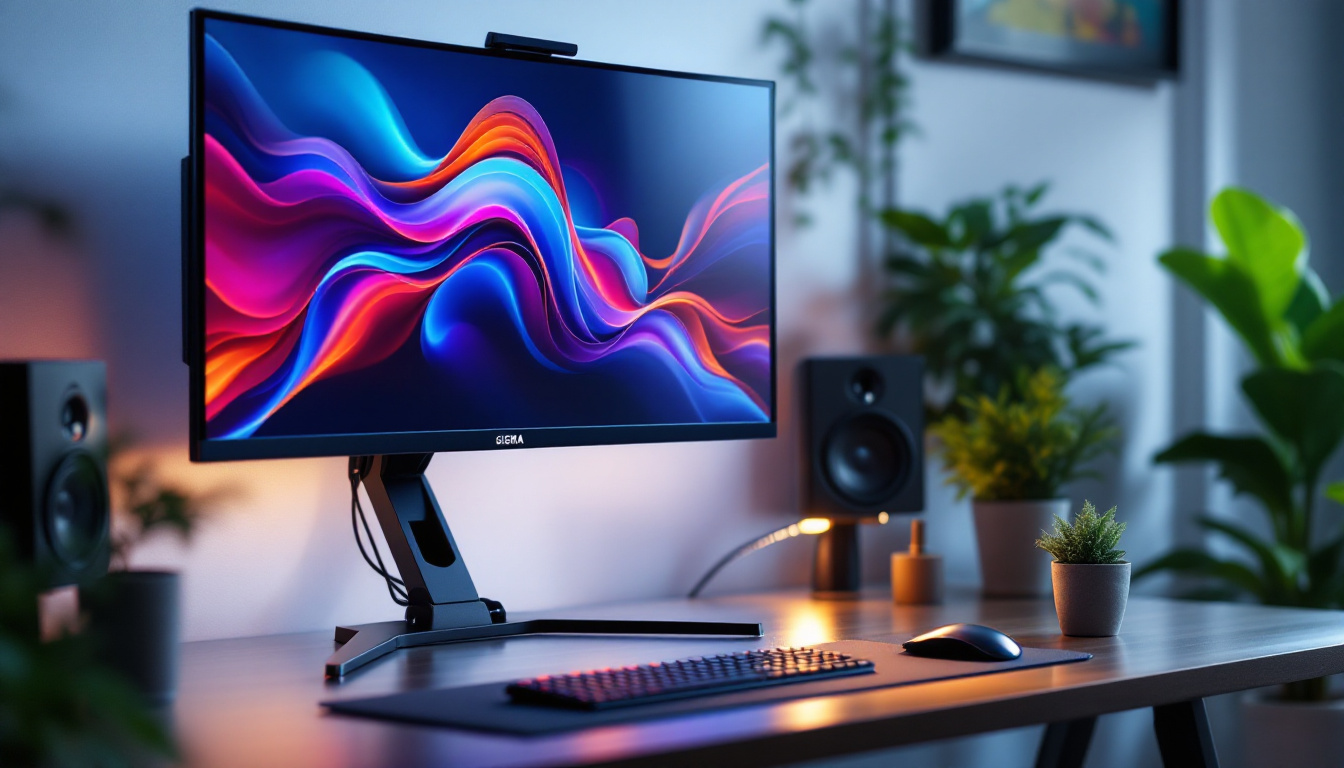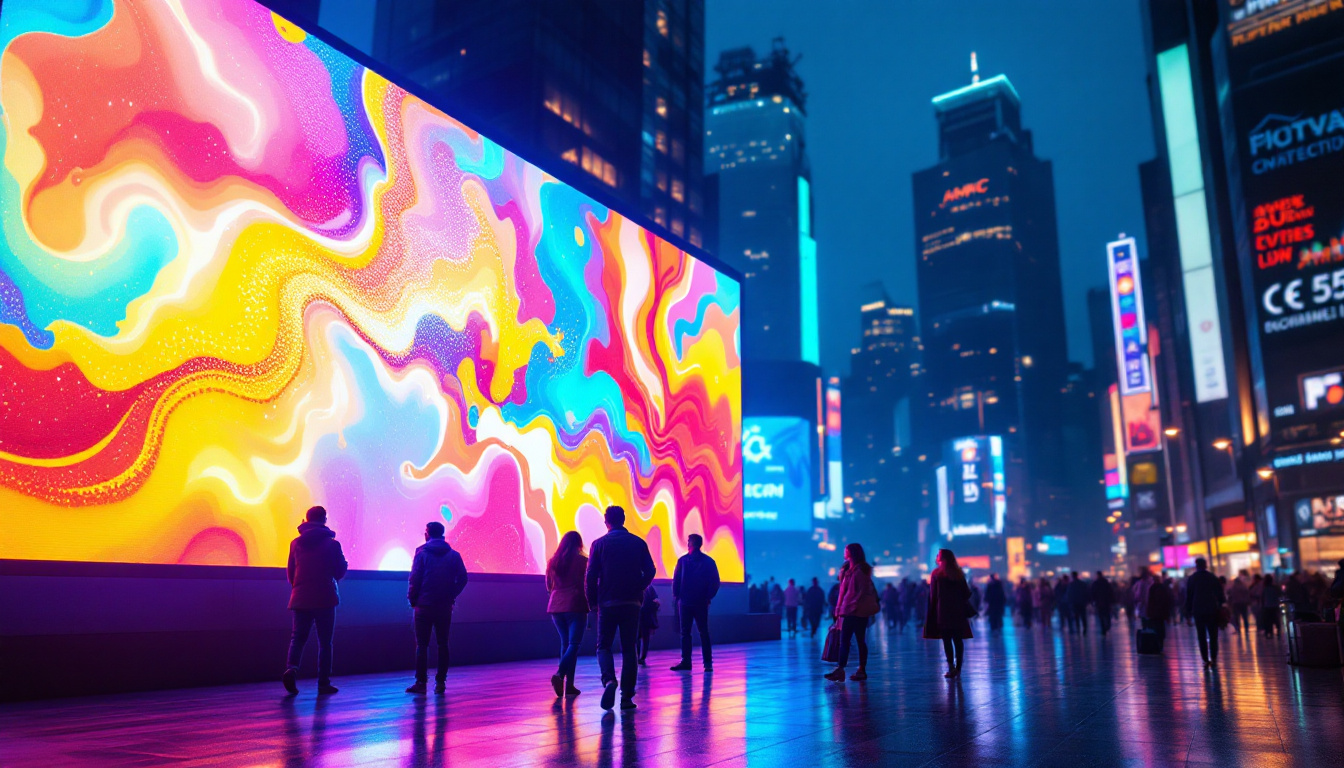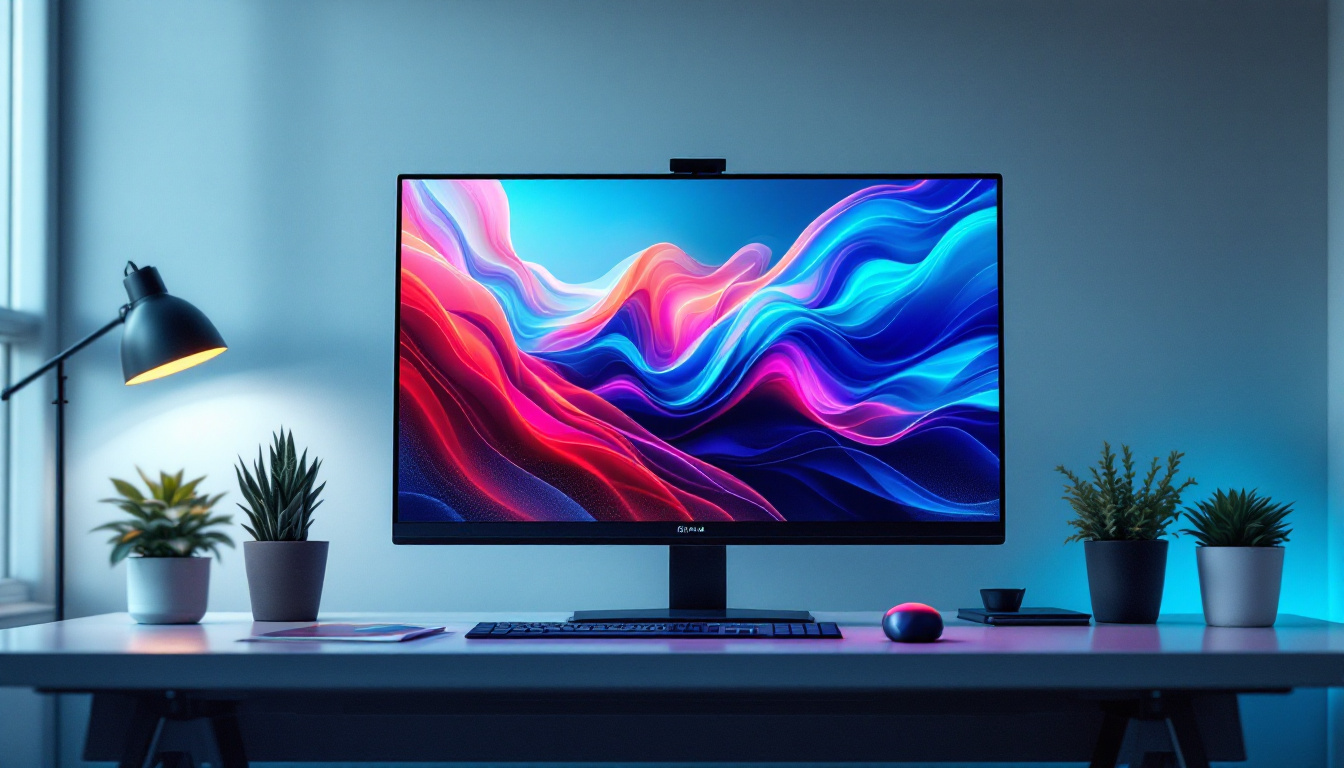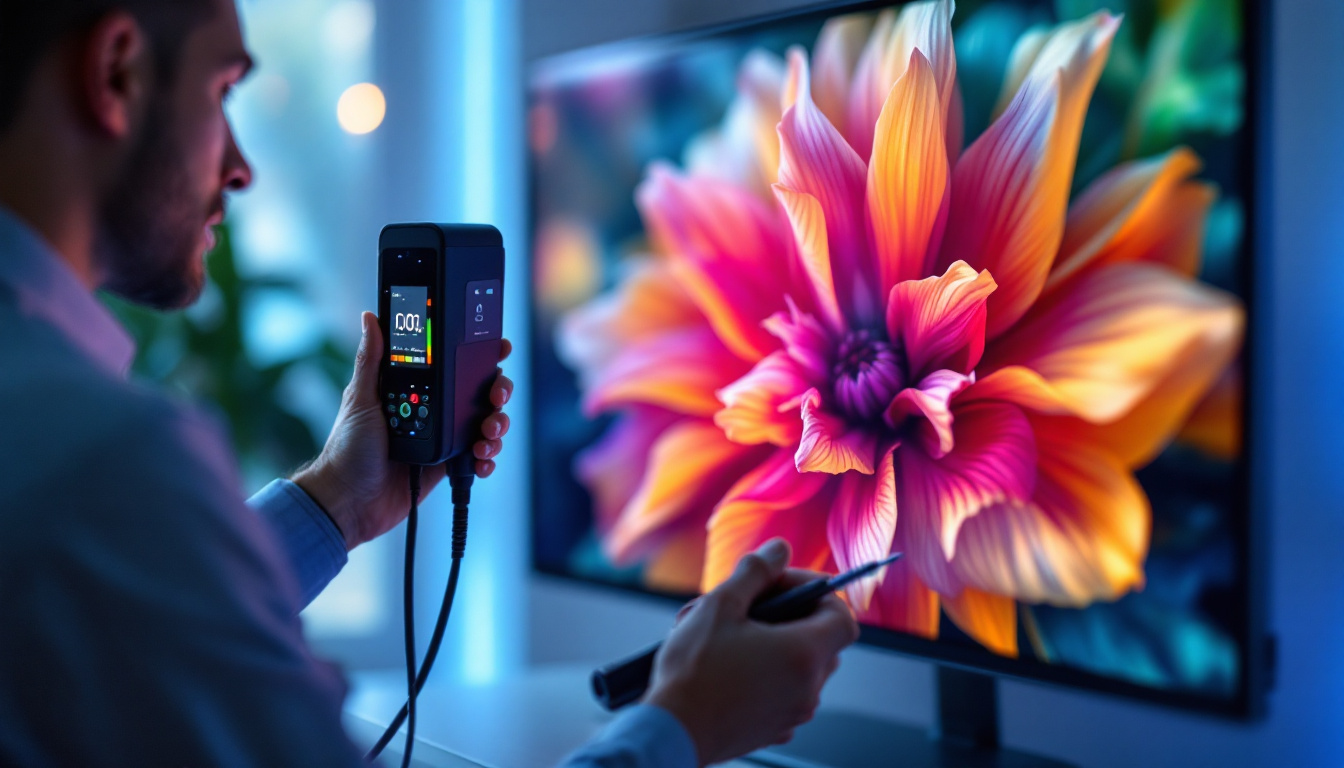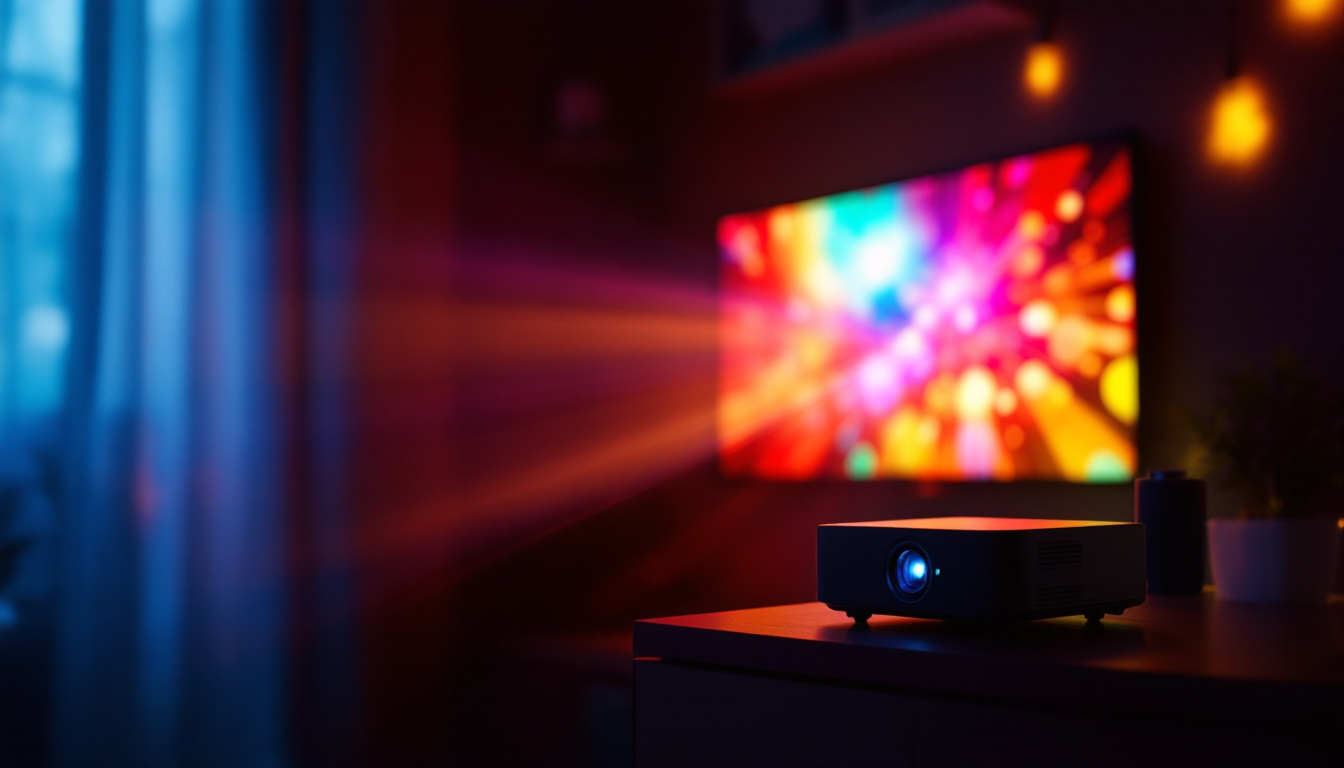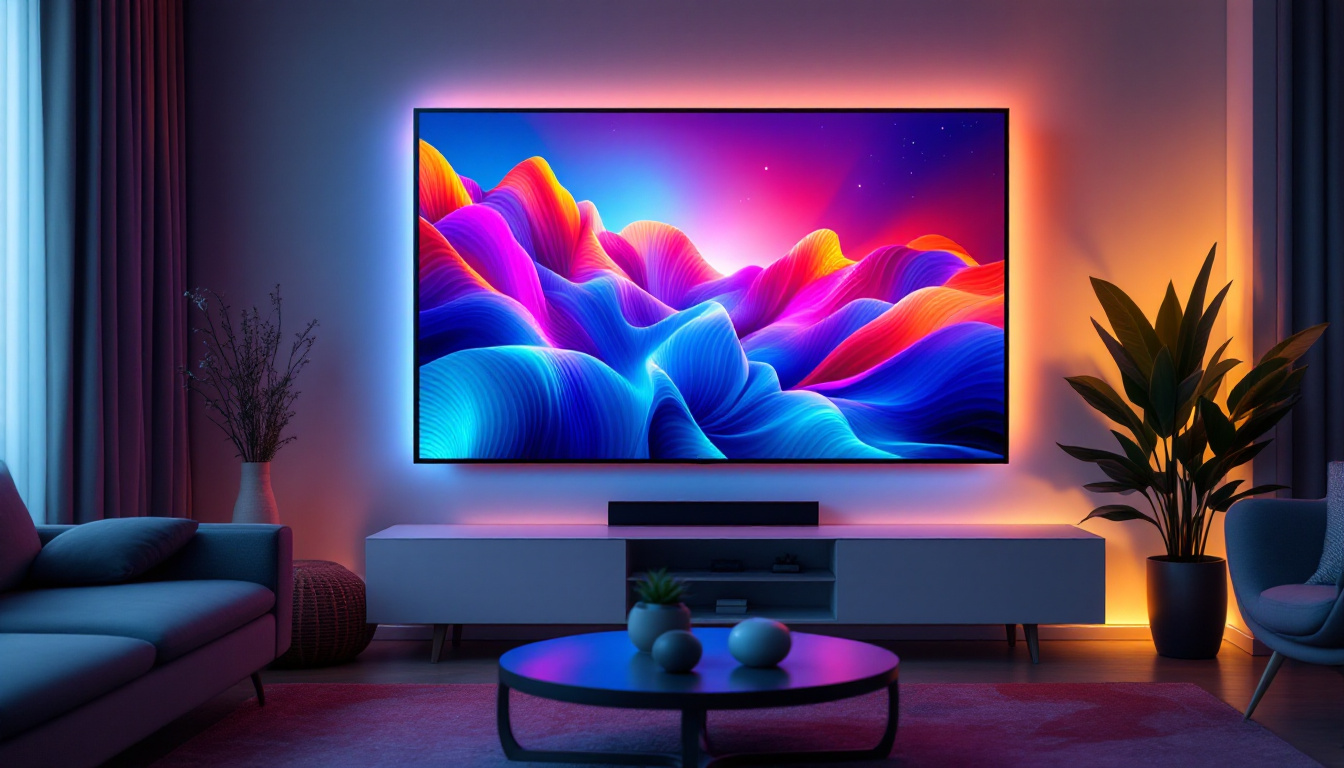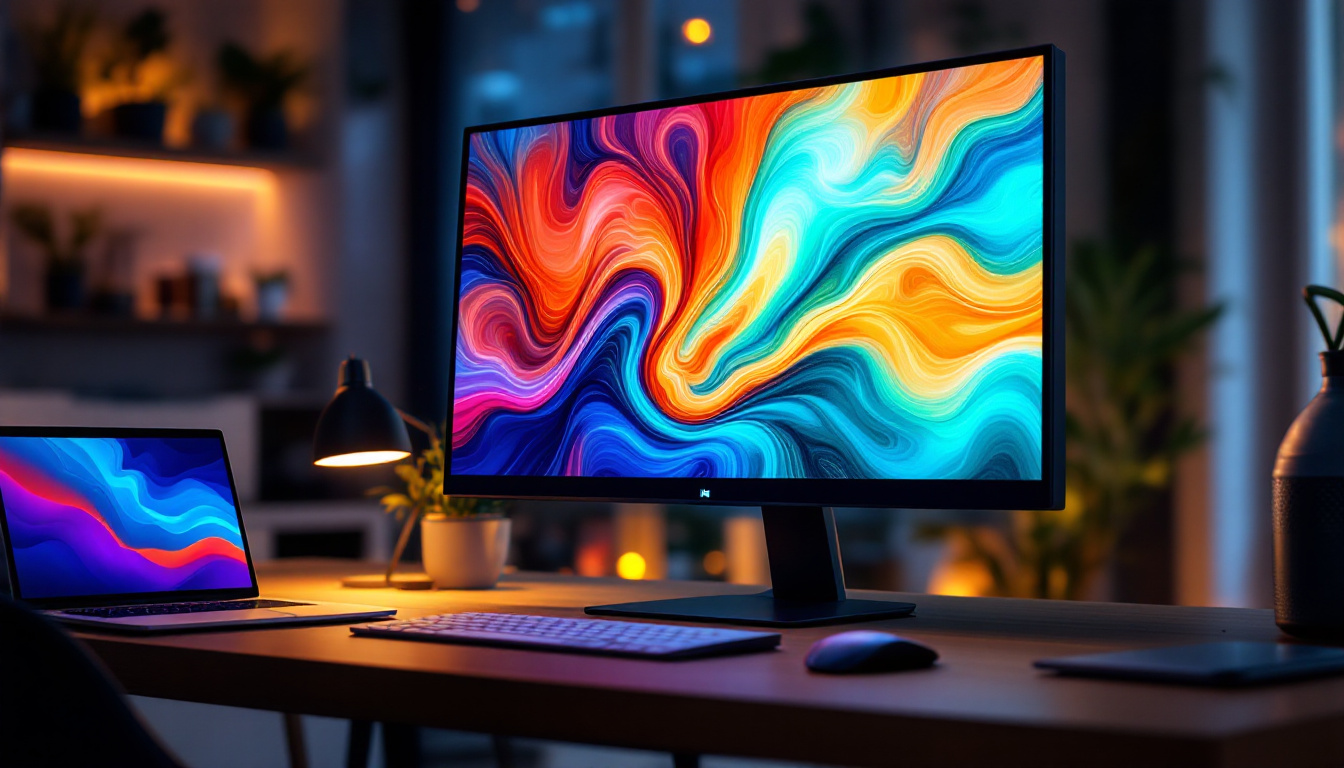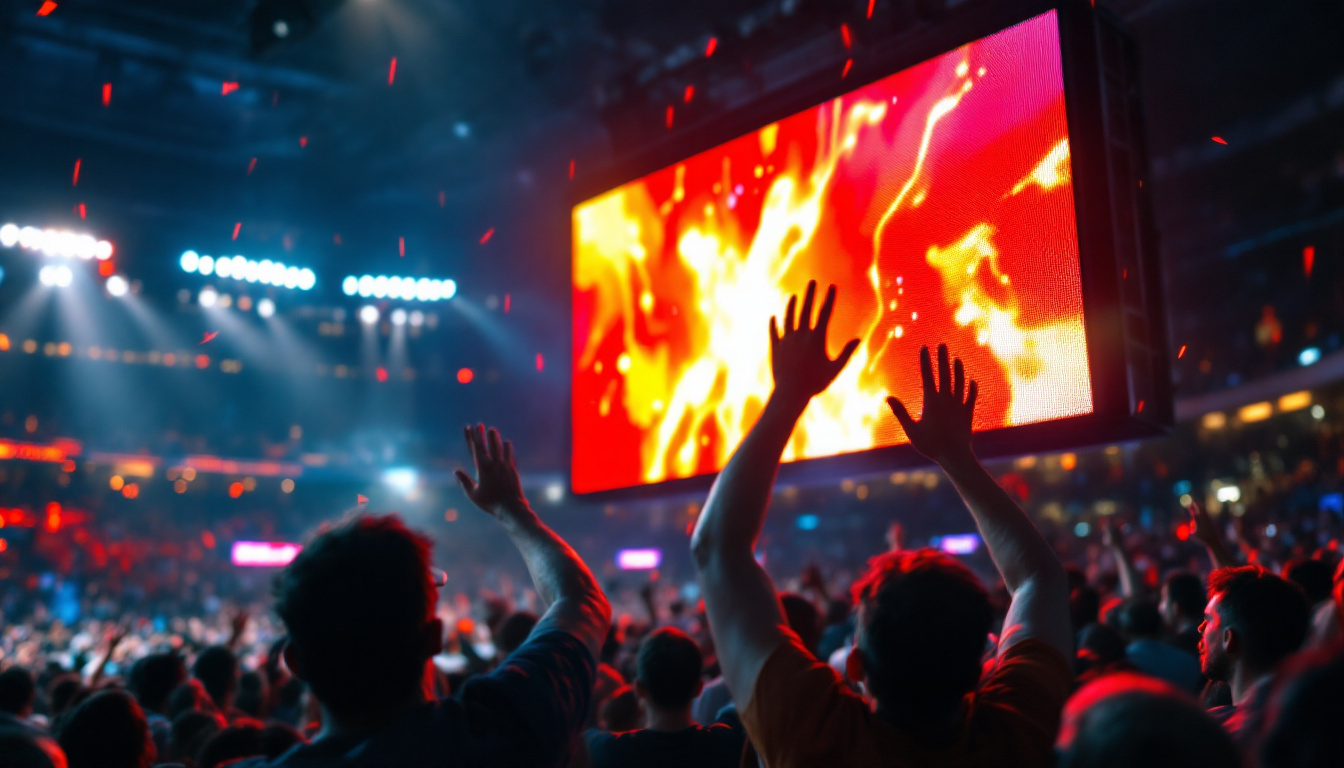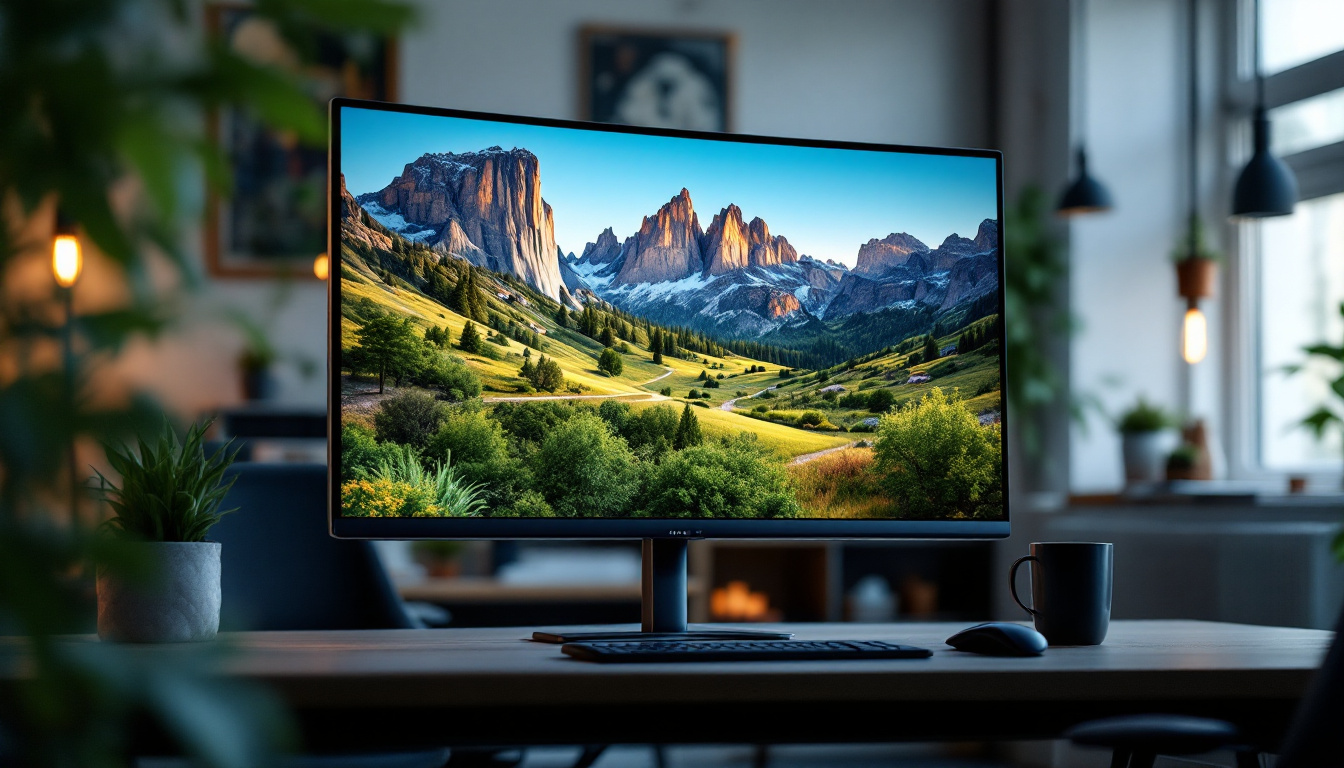In the world of technology, particularly in display technology, understanding measurements is crucial for both consumers and professionals. One common conversion that often arises is from inches to centimeters, especially when dealing with LED displays. This article will delve into the specifics of converting 109 inches to centimeters, while also exploring the broader context of LED displays, their applications, and the importance of size in this ever-evolving field.
Understanding the Conversion: Inches to Centimeters
Before diving into the specifics of LED displays, it is essential to understand how to convert inches to centimeters. The conversion factor is straightforward: 1 inch is equivalent to 2.54 centimeters. Therefore, to convert 109 inches to centimeters, one must multiply 109 by 2.54.
Calculation Breakdown
To perform the conversion:
- 109 inches × 2.54 cm/inch = 276.86 cm
This means that a display measuring 109 inches diagonally is approximately 276.86 centimeters. This measurement is particularly relevant when considering the physical space that the display will occupy, as well as its visibility in various environments. For instance, in a large conference room, a display of this size can significantly enhance the viewing experience, ensuring that all attendees, regardless of their seating position, can see the content clearly. Additionally, understanding the size in centimeters can assist in determining the appropriate mounting solutions and furniture arrangements to optimize the overall aesthetic and functionality of the space.
Why Conversion Matters
Understanding the conversion between inches and centimeters is not merely an academic exercise. It has practical implications for consumers who are purchasing displays, architects designing spaces, and businesses setting up digital signage. Knowing the exact size in centimeters can help in making informed decisions about the right display for a specific environment. For example, when selecting a television or monitor for a home theater, knowing the size in centimeters can help buyers visualize how the screen will fit within their existing decor and furniture layout. Furthermore, in commercial settings, accurate measurements can influence the choice of display technology, as different environments may require specific brightness levels and resolutions to ensure optimal performance.
Moreover, in an increasingly global marketplace, understanding these conversions can bridge communication gaps between manufacturers and consumers from different regions. Many products are marketed with measurements in either inches or centimeters, and having a clear grasp of these conversions allows for a more seamless shopping experience. Whether it’s for personal use or professional applications, being adept at converting between these two units of measurement can empower consumers to make choices that best suit their needs and preferences.
The Rise of LED Displays
LED (Light Emitting Diode) displays have revolutionized the way visual information is presented. From televisions and computer monitors to large-scale advertising screens, LED technology has become ubiquitous. The advantages of LED displays include higher brightness, better energy efficiency, and longer lifespan compared to traditional display technologies. This transformation has not only changed consumer electronics but has also influenced how information is communicated in public spaces, enhancing visibility and engagement.
Advantages of LED Technology
LED displays offer numerous benefits that make them a preferred choice for many applications:
- Energy Efficiency: LED displays consume significantly less power than their LCD or plasma counterparts, making them a more sustainable option. This efficiency not only lowers electricity bills but also contributes to a reduced carbon footprint, aligning with global efforts to promote greener technologies.
- Brightness and Clarity: LEDs can produce brighter images, which is particularly beneficial in well-lit environments or outdoor settings. The ability to maintain image quality in direct sunlight makes LED displays ideal for outdoor advertising and public information systems.
- Longevity: With a lifespan that can exceed 50,000 hours, LED displays reduce the need for frequent replacements. This durability translates to lower maintenance costs and less electronic waste, which is increasingly important in today’s environmentally conscious society.
Applications of LED Displays
LED displays are versatile and can be found in a variety of settings:
- Advertising: Billboards and digital signage utilize LED technology to capture attention with vibrant colors and dynamic content. The ability to change advertisements in real-time allows businesses to tailor their messages to specific audiences, maximizing marketing impact.
- Entertainment: Concerts, theaters, and sporting events frequently employ large LED screens to enhance the audience experience. These displays can create immersive environments, providing not just visuals but also synchronized lighting effects that elevate performances.
- Corporate Use: Businesses use LED displays for presentations, meetings, and information sharing in lobbies and conference rooms. The clarity and brightness of LED screens ensure that every participant can see the content clearly, fostering better communication and collaboration.
Furthermore, the integration of LED displays in smart cities is becoming increasingly prevalent. These displays are used for real-time information dissemination, such as traffic updates, public transport schedules, and emergency alerts. The adaptability of LED technology allows municipalities to respond quickly to changing conditions, improving overall urban management and safety. Additionally, advancements in LED technology, such as flexible and transparent displays, are paving the way for innovative applications in architecture and design, creating stunning visual experiences that blend seamlessly with their surroundings.
Choosing the Right Size for Your Needs
When selecting an LED display, size is a critical factor. The size of the display can significantly impact visibility, engagement, and overall effectiveness. A display that is too small may not be seen clearly from a distance, while one that is too large may overwhelm the space or audience.
Factors to Consider
Several factors should be taken into account when determining the appropriate size for an LED display:
- Viewing Distance: The distance from which the display will be viewed is crucial. Larger displays are typically needed for longer viewing distances.
- Environment: The setting—whether indoor or outdoor—can influence the size and brightness required. Outdoor displays need to be larger and brighter to combat sunlight.
- Content Type: The nature of the content being displayed can also dictate size. Detailed graphics or text may require larger displays for clarity.
Common Sizes for LED Displays
LED displays come in various sizes, catering to different needs:
- Small Displays: Generally range from 32 to 55 inches, suitable for personal use or small meeting rooms.
- Medium Displays: Typically between 55 and 85 inches, ideal for larger conference rooms or retail environments.
- Large Displays: Ranging from 85 inches and above, these are often used for outdoor advertising or large venues.
The Technology Behind LED Displays
Understanding the technology that powers LED displays can provide insights into their performance and capabilities. LED displays consist of numerous tiny light-emitting diodes that work together to create images. The arrangement and quality of these diodes significantly affect the display’s overall quality.
Pixel Density and Resolution
Pixel density, measured in pixels per inch (PPI), is a critical factor in determining the sharpness and clarity of an LED display. Higher pixel density results in better image quality, particularly for detailed graphics and text. The resolution of the display, often expressed in terms of width and height (e.g., 1920×1080), also plays a significant role in the visual experience.
Color Accuracy and Brightness
Color accuracy is essential for displays used in professional settings, such as graphic design or video production. LED displays can achieve a wide color gamut, allowing for more vibrant and true-to-life colors. Brightness, measured in nits, is another critical specification, particularly for outdoor displays that must be visible in bright sunlight.
Installation and Maintenance Considerations
Once the right LED display has been selected, proper installation and maintenance are vital for optimal performance. The installation process may vary depending on the size and type of display, but certain best practices can enhance longevity and effectiveness.
Installation Best Practices
For successful installation, consider the following:
- Professional Installation: Engaging professionals can ensure that the display is mounted securely and is positioned for optimal viewing.
- Proper Ventilation: LED displays generate heat, so adequate ventilation is essential to prevent overheating.
- Wiring and Connectivity: Ensure that all wiring is neatly organized and that connections are secure to avoid any potential issues.
Maintenance Tips
Regular maintenance can prolong the life of an LED display:
- Cleaning: Dust and debris can accumulate on the screen, impacting visibility. Regular cleaning with appropriate materials is recommended.
- Software Updates: Keeping the display’s software up to date can improve performance and security.
- Monitoring Performance: Regularly check for any signs of malfunction or reduced brightness, addressing issues promptly.
Future Trends in LED Display Technology
The LED display industry is continuously evolving, with new technologies and trends emerging regularly. Staying informed about these developments can help consumers and businesses make better decisions regarding their display needs.
Advancements in Display Technology
Some notable trends in LED display technology include:
- MicroLED Technology: This emerging technology offers even smaller pixels for higher resolution and improved color accuracy, paving the way for ultra-high-definition displays.
- Flexible Displays: Innovations in flexible LED technology allow for curved and adaptable displays, creating new possibilities for design and installation.
- Smart Displays: Integration with IoT and AI technologies is leading to smarter displays that can adapt content based on viewer behavior and preferences.
The Impact of 5G on Display Technology
The rollout of 5G technology is expected to have a significant impact on LED displays. With faster data transfer speeds and lower latency, 5G can enhance the capabilities of digital signage, allowing for real-time updates and more interactive content.
Conclusion
Understanding the conversion of 109 inches to centimeters is just the tip of the iceberg when it comes to comprehending the complexities of LED displays. From the advantages of LED technology to the importance of size, installation, and maintenance, there is much to consider when selecting the right display for any application. As technology continues to advance, staying informed about trends and innovations will be essential for making informed decisions in the rapidly evolving world of display technology.
In summary, whether for personal use, corporate environments, or large-scale advertising, the right LED display can make a significant difference in how information is communicated and experienced. With the right knowledge and understanding, consumers and businesses alike can harness the power of LED technology to enhance their visual communications.
Explore Cutting-Edge LED Displays with LumenMatrix
Ready to elevate your visual experience with the latest in LED display technology? LumenMatrix is at the forefront of innovation, offering a wide range of LED display solutions tailored to your needs. From captivating Indoor and Outdoor LED Wall Displays to dynamic Vehicle and Sports LED Displays, our products are designed to enhance brand visibility and audience engagement. Discover the transformative power of our LED Poster Displays, Floor LED Displays, Custom LED Solutions, All-in-One LED Displays, and LED Transparent Displays. Embrace the future of visual communication with LumenMatrix and create unforgettable visual experiences. Check out LumenMatrix LED Display Solutions today and see your message come to life with clarity and impact.

